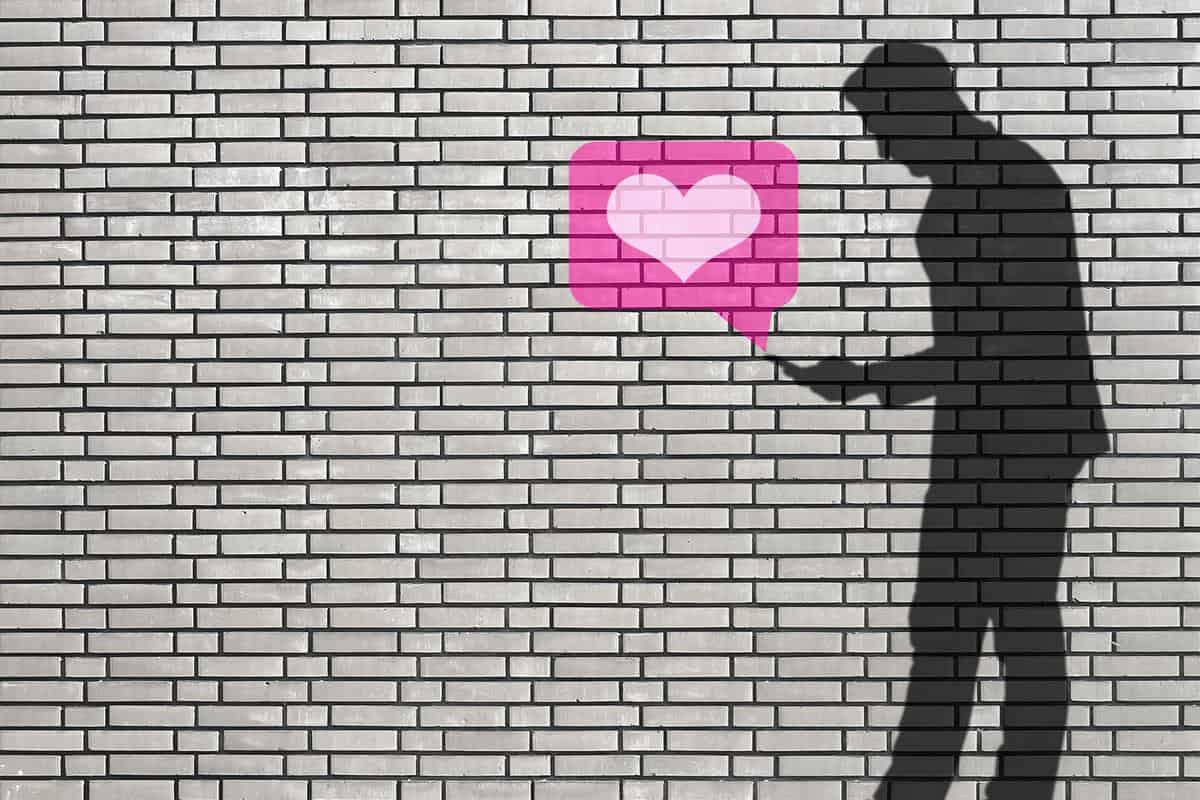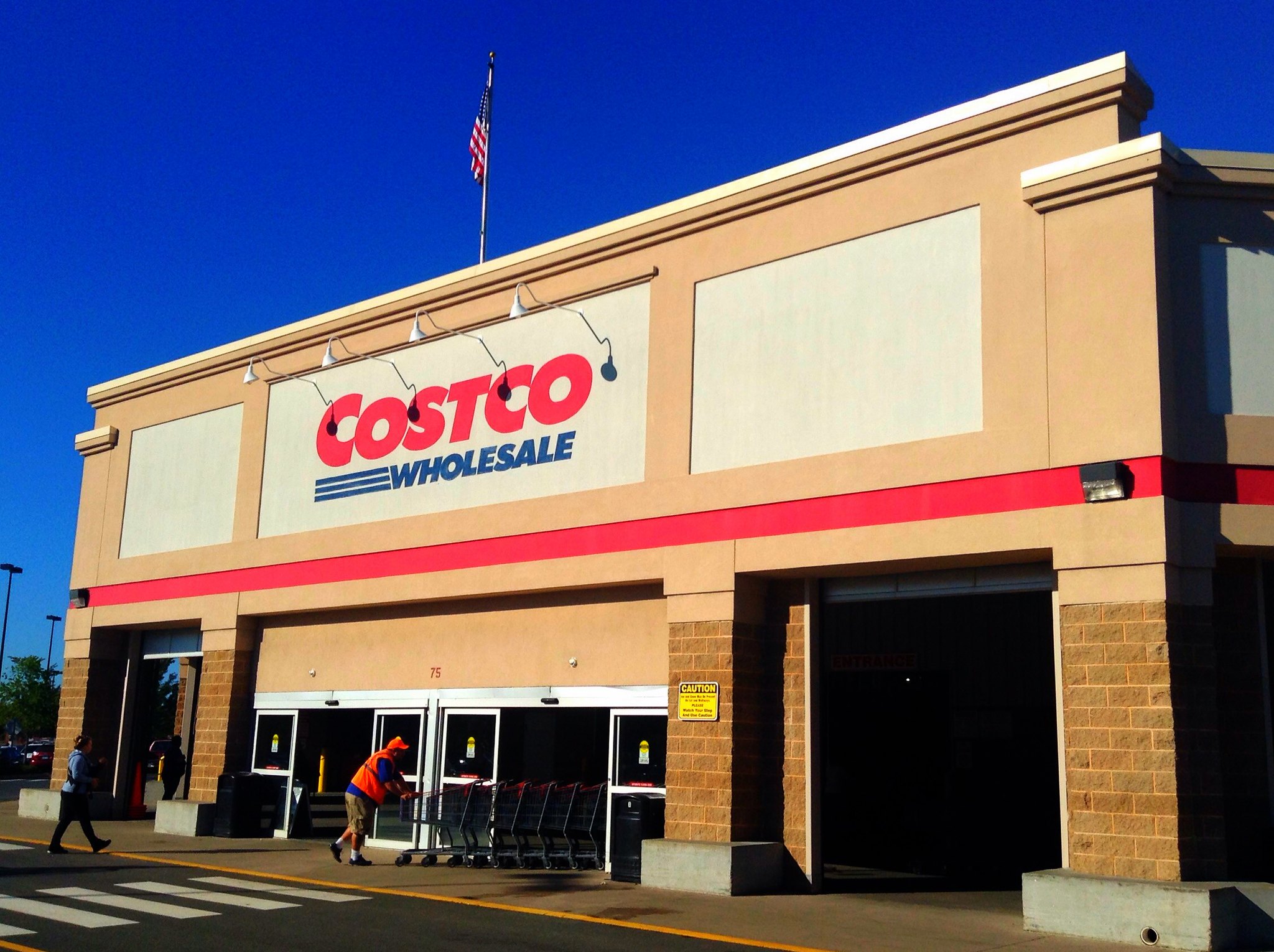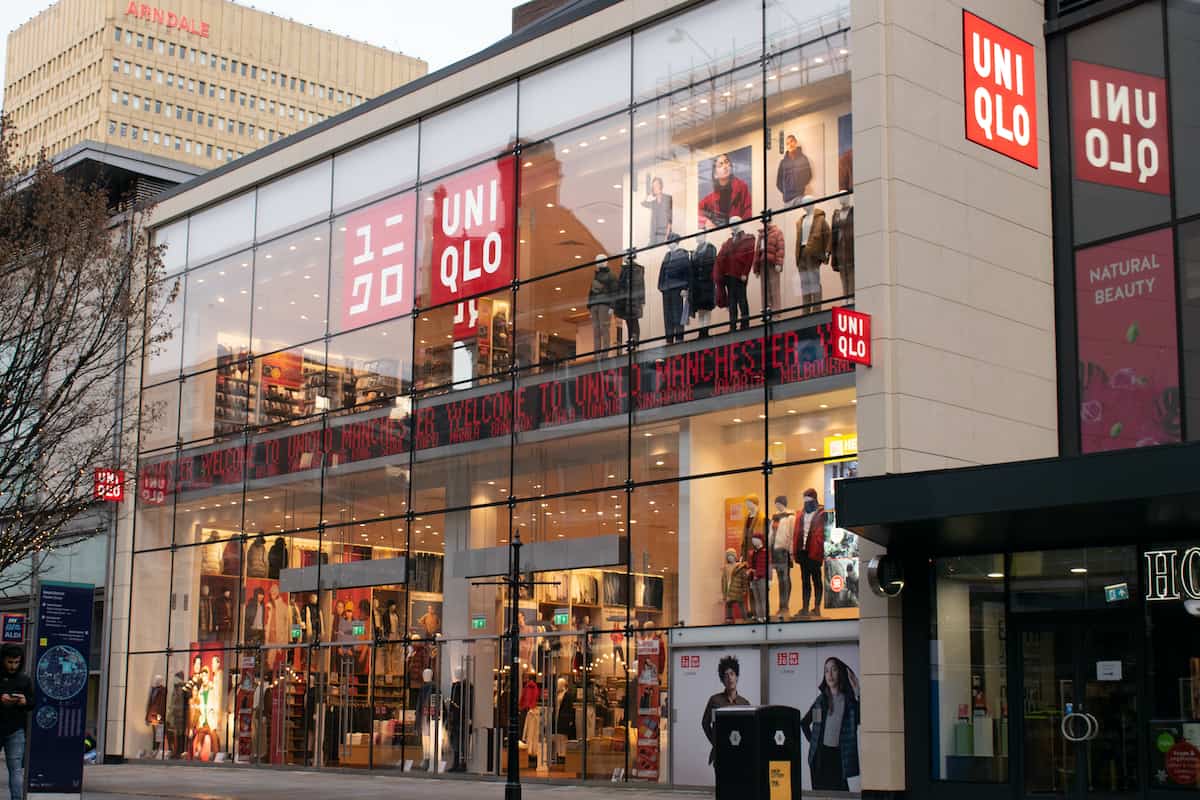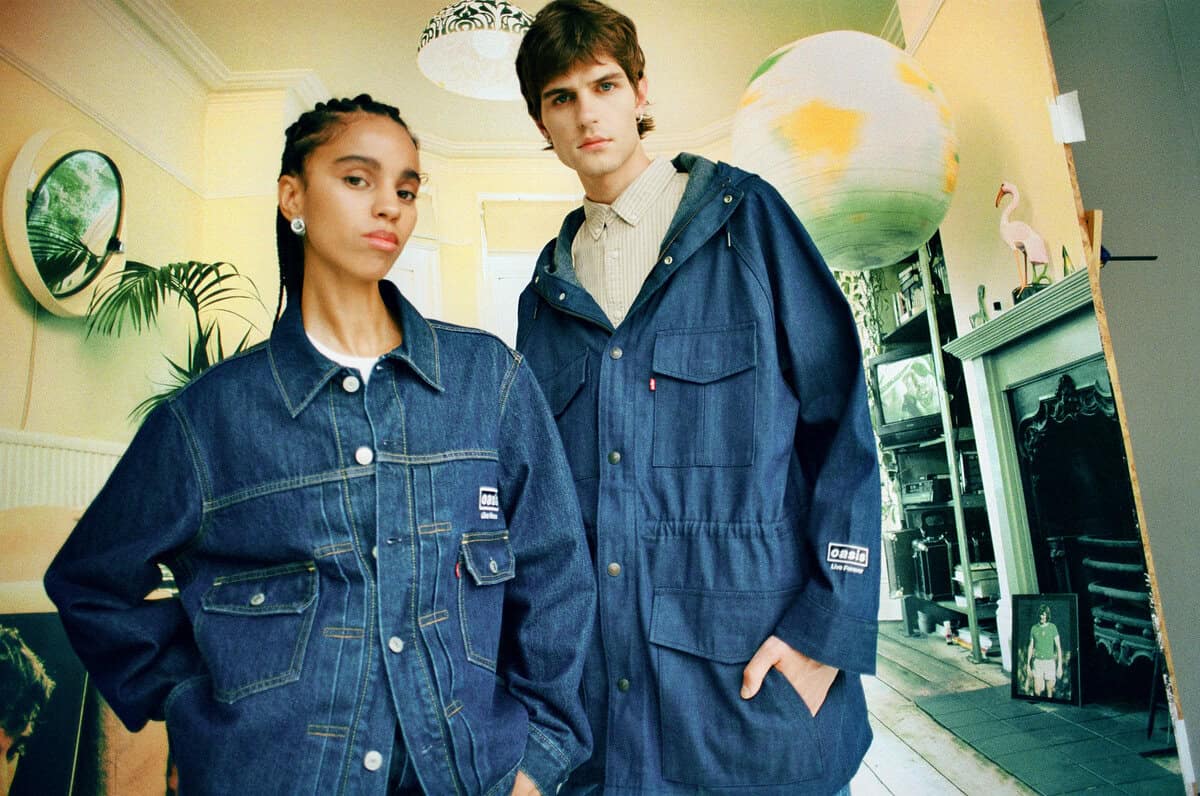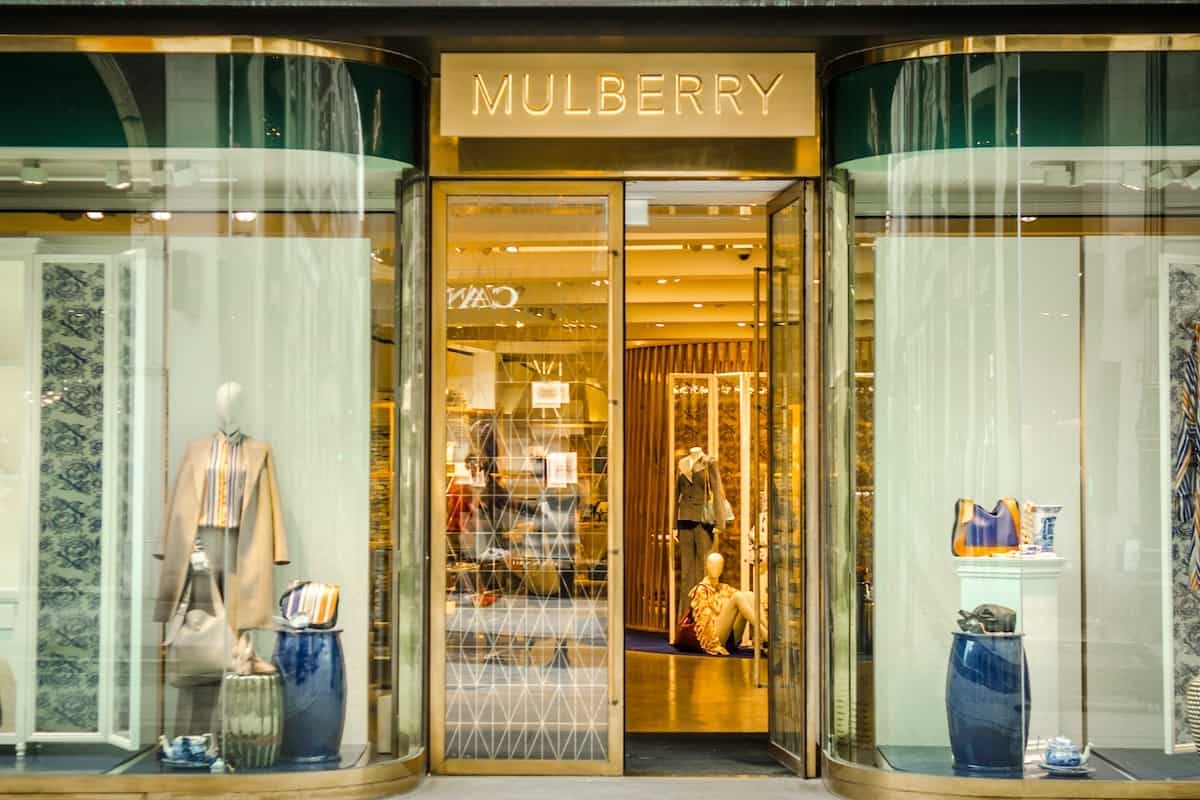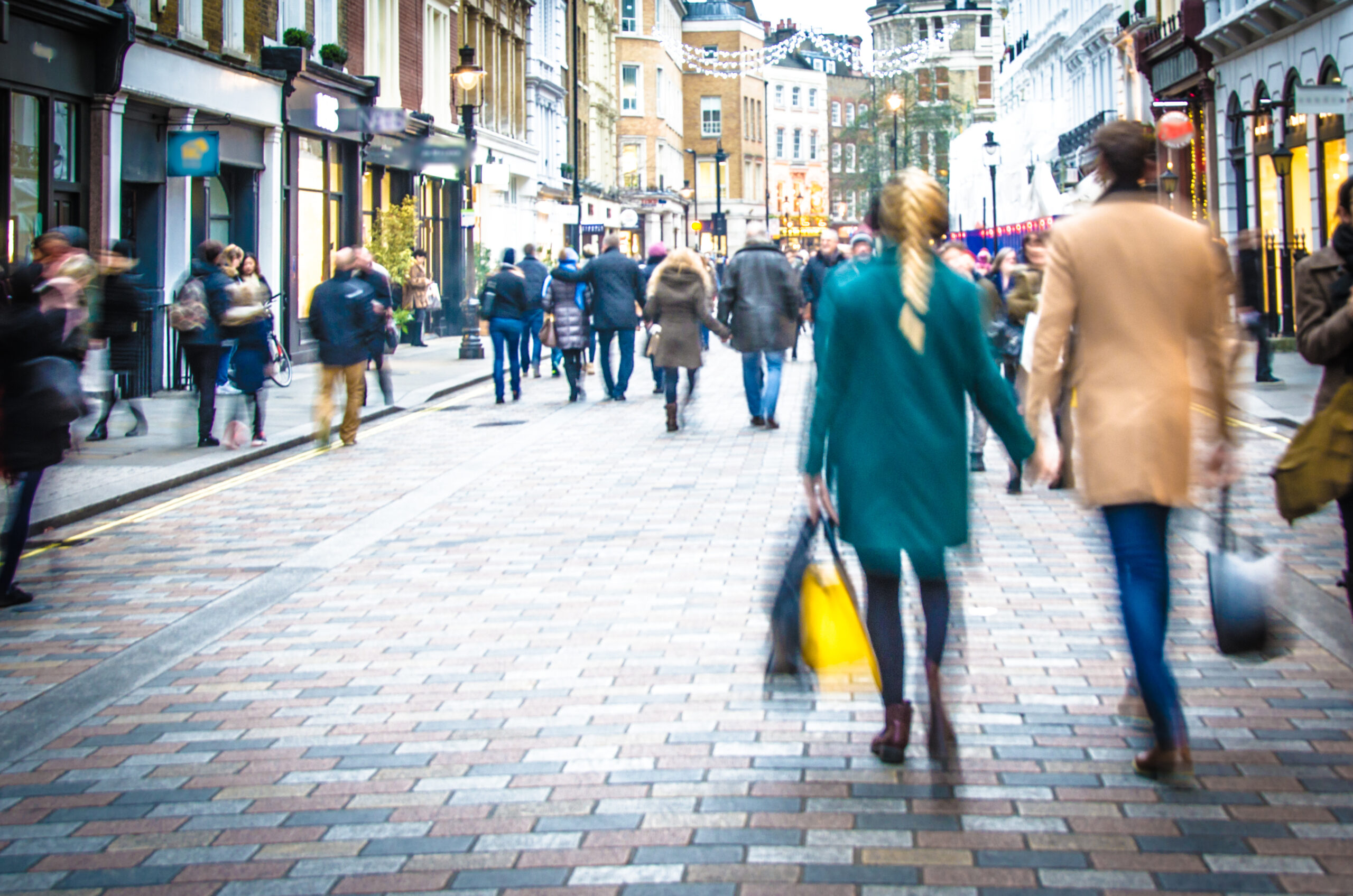With retailers suddenly in a position to start gearing up to re-open on 15 June, many are faced with a conundrum: how can they make the new way of doing things attractive to shoppers?
One thing is abundantly clear: there will be queues and other ‘flow inhibitors’ which could well very quickly dampen even the most committed shopper’s ardour after the initial euphoria of reopening has worn off.
Details are emerging of how shops and shopping centres are going to be forced to operate post-lockdown and it isn’t pretty. Stores will have to strictly limit the number of people coming in and out, they will have to make them move round the shop in a one-way system and they may well be forced to have ‘wardens’ in-store to make sure people – including Dominic Cummings – obey the rules.
Boots is going the whole hog and implementing a triage system for its queues to allow different rates of access depending on what the queuer is looking to buy.
Shopping malls too are looking to implement the same processes, with a limit of car parking to try and limit the number of people turning up as they don’t want queues, but are also limited in the number of people entering.
This is all going to be the new way we do things – for a while at least – and it is very soon going to start to test the patience of many shoppers. With many already pledging to stick to their new-found love of online shopping, what can retailers do to make the new world order of store visits more palatable?
The answer lies in technology – and in particular, mobile.
Simple apps that check out the queues at local supermarkets have already gained traction, allowing people to turn up when the queue is small helping their own state of mind as well as pacing arrivals at grocery stores. Apps have already found their place in finding those all too illusive delivery slots too. We have also seen apps to help get deliveries from local stores.
However, their role in the real-world shopping environment isn’t being tapped into as fully as it might be. For starters, mobile can help shoppers navigate their way through a one-way system in a mall or a store to make sure they get what they want and don’t have to go round again.
They can also be used to help plan a shopping trip without leaving the house, checking for stock availability, as well as whether there are queues or not. In Nottinghamshire, an app has stumbled upon what may well be the future of retail. It offers trails around the local area that show shoppers where local businesses are that are open during lockdown. It isn’t a far cry to see how this sort of tech can be used to show shoppers everywhere where anything is and how busy it might be.
In-store, mobile can be used to facilitate contactless checkout and, if implemented correctly, can even see shoppers not have to check out at all a la Amazon Go. This sort to ‘total-contactless’ is likely to see renewed interest in the coming months as this continues.
Click and collect is also likely to see a surge outside the confines of grocery. Sitting on a bench in the pedestrianised High Street, a shopper could browse from a mobile, buy and arrange the time and place to come and collect from the stores in which they have remotely shopped.
This idea can be built upon too. How about using existing tech to perhaps book a slot at a store and so avoid, as much as possibly, queuing? Could ‘shop dating’ become a thing? The shopper finds a store that they want have a real-life browse in and simply arranges a ‘date’? This could certainly help manage expectations, as well as crowds and perhaps obviate queues.
The world of retail is going to be very different come 15 June and that different may well last a long time. The next problem is going to be making it an acceptable or even pleasurable experience to come to the high street – this is certainly top of the list for small, independent shops. Tech has to hold the answer. We have seen great strides made in the past 10 weeks to leverage mobile to make lockdown workable, I expect we shall see a lot more as the summer rolls on.
